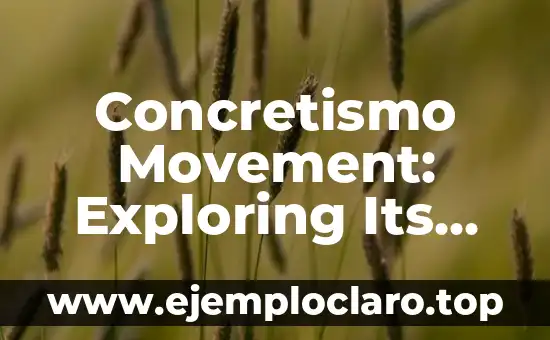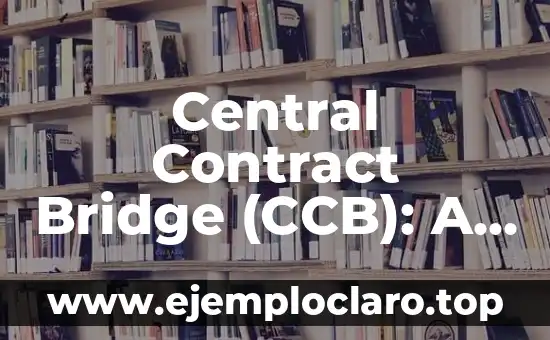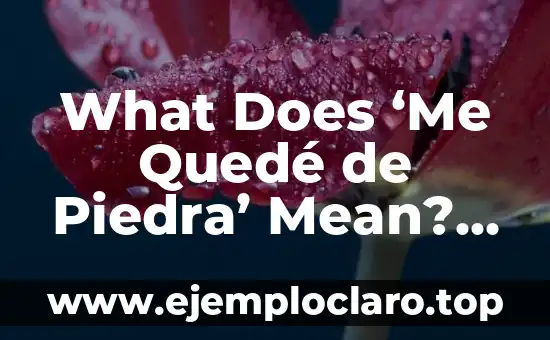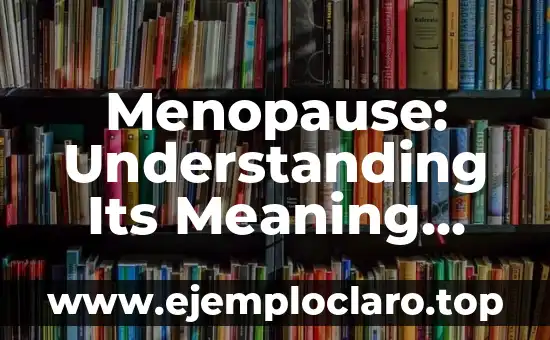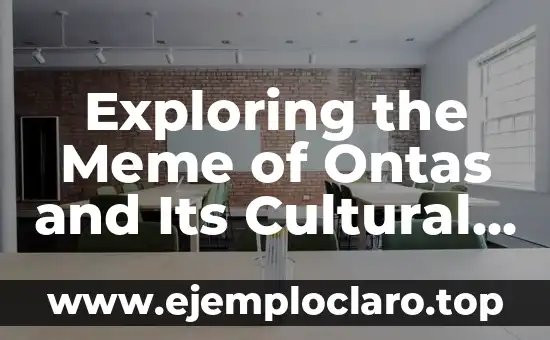The Concretismo movement, a significant literary wave from Brazil, emerged in the 1950s, focusing on breaking away from traditional forms. This article delves into its intricacies, tracing its evolution and influence.
What is the Concretismo Movement?
Concretismo was a revolutionary Brazilian literary movement that sought to challenge conventional poetic forms. It emphasized experimentation with language, form, and visual elements, drawing inspiration from modernism and constructivism.
Historically, the movement gained momentum in São Paulo, led by poets like Haroldo de Campos, Augusto de Campos, and Décio Pignatari. Their 1956 manifesto, Plano-Piloto para Poesia Concreta, laid the groundwork for this new poetic direction.
Breaking Free from Tradition
The Concretismo movement was characterized by its departure from traditional structures. Poets embraced spatial arrangement and typographical innovation, creating visually dynamic works. This approach wasn’t just about form; it was a philosophical stance, seeking to engage readers on multiple levels.
The movement drew parallels with international avant-garde movements like Futurism and Surrealism, yet maintained a unique Brazilian identity. This blend of local and global influences enriched its contribution to world literature.
Key Concepts and Examples
Central to Concretismo were principles like economy of language and musicality. Poets used minimal language to evoke maximum effect, often employing neologisms and wordplay. Visual elements were integral, with poems arranged to mirror their themes.
Notable works include Ode ao Mundo by Augusto de Campos and Sem um Grande Grito by Décio Pignatari, showcasing the movement’s innovative spirit.
The Creative Revolution in Literature
Concretismo was more than a literary movement; it was a cultural shift. It questioned traditional notions of art and reality, promoting a dynamic interaction between reader and text. This interactivity was pivotal in redefining literary engagement.
The movement’s emphasis on experimentation influenced various art forms, leaving a lasting legacy in Brazilian culture.
Exploring the Significance of Concretismo
Concretismo’s impact on Brazilian literature was profound. It challenged norms, influencing later movements and writers. Its innovative approach to form and language paved the way for future literary experiments.
Despite its influence, Concretismo faced criticism for being elitist, highlighting the tension between avant-garde innovation and accessibility.
The Vanguard of Poetic Expression
As a vanguard movement, Concretismo pushed the boundaries of poetic expression. It sought to liberate poetry from conventional structures, emphasizing form and experimentation. This approach resonated globally, making it a key player in international literary circles.
Understanding the Purpose of Concretismo
Concretismo served to challenge literary norms and expand poetic possibilities. It aimed to create a more dynamic, interactive form of poetry that engaged readers on multiple levels. This purpose was fulfilled through its innovative use of language and form.
The Essence of Concrete Poetry
Concrete poetry, the core of Concretismo, focused on the visual and spatial arrangement of text. Poets used typography and layout to enhance meaning, creating a symbiosis of form and content. This essence continues to inspire poets and artists worldwide.
The Legacy of a Revolutionary Movement
Concretismo’s legacy is evident in its influence on subsequent literary movements. It inspired a generation of poets to experiment with form and language, leaving an indelible mark on Brazilian literature.
Unveiling the Meaning of Concretismo
Concretismo’s meaning lies in its revolutionary approach to poetry. It signified a break from tradition, embracing experimentation and innovation. This movement’s significance extends beyond literature, influencing art, design, and culture.
The Origins of Concretismo
The term Concretismo originated in the 1950s, reflecting the movement’s focus on concrete, tangible forms. It was a response to the abstract tendencies in modern art, seeking to ground poetry in physical, material reality.
The Evolution of Concrete Poetry
Concrete poetry evolved over time, influenced by Concretismo. It spread globally, with poets adapting its principles to their cultures. This evolution underscores the movement’s adaptability and enduring influence.
The Impact of Concretismo Today
Concretismo’s influence is still felt today. It has inspired digital poetry and multimedia art, showing its relevance in contemporary culture. The movement’s emphasis on form and experimentation continues to shape artistic expression.
Applying Concretismo in Modern Contexts
Concretismo’s principles can be applied in various creative fields. From digital media to visual arts, its emphasis on form and innovation offers a rich framework for modern artists. Understanding and applying these principles can lead to new, dynamic forms of expression.
INDICE

